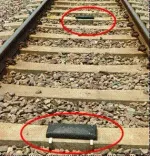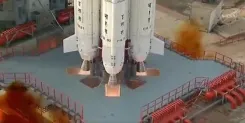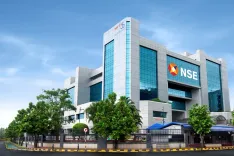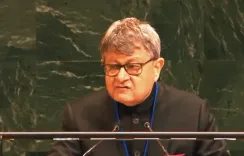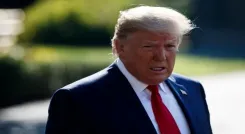Are There Over 500 Nuclear Medicine Facilities in Government and Private Sectors?
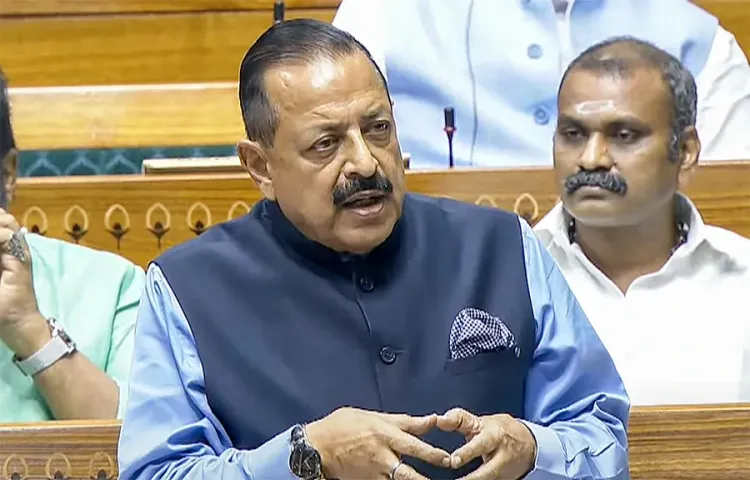
Synopsis
Key Takeaways
- Over 500 nuclear medicine facilities exist in India.
- Government initiatives aim to boost research and development.
- Nuclear medicine aids in diagnosis and treatment of ailments like cancer.
- Bhabha Atomic Research Centre (BARC) plays a key role in producing radiopharmaceuticals.
- Facilities such as Tata Memorial Centre are pioneering advancements in nuclear medicine.
New Delhi, July 30 (NationPress) Union Minister of State for the Department of Atomic Energy, Jitendra Singh, announced in Parliament on Wednesday that there are over 500 nuclear medicine facilities operating in both the government and private sectors.
In a written response during the Lok Sabha session, Singh elaborated on the applications of nuclear energy in healthcare, particularly for the advanced treatment of various health conditions.
“Nuclear medicine encompasses both diagnostic and therapeutic practices. In India, techniques such as Single Photon Emission Computerised Tomography (SPECT), Positron Emission Tomography (PET), and Computerised Tomography (CT) are utilized for diagnostic purposes,” Singh stated.
“These techniques are crucial for staging, restaging, and evaluating cancer treatment responses. The availability of nuclear medicine facilities spans both government and private sectors, with over 500 facilities in total,” he added.
Nuclear medicine imaging offers distinct insights by allowing physicians to observe organ functionality, unlike X-rays or CT scans that primarily display anatomical structures.
Additionally, Singh mentioned that the government is implementing various initiatives to boost research and development in nuclear medicine.
“Research and development efforts are ongoing in the production and purification of radioisotopes, along with the creation of new technologies to ensure a consistent supply of medical radioisotopes in India,” the Minister of State noted.
This includes several radiopharmaceutical products developed at the Bhabha Atomic Research Centre (BARC). These products have been introduced for treatments such as radiation synovectomy, therapies for neuroendocrine tumors, breast cancer, bone pain palliation, liver cancer, and non-Hodgkin’s lymphoma, Singh explained.
“BARC routinely produces radioisotopes and radiopharmaceuticals, distributing them through the Board of Radiation and Isotope Technology (BRIT) to various nuclear medicine centers across India, enhancing access to diagnostic and therapeutic services, including in rural and underserved regions,” Singh stated.
Moreover, the Tata Memorial Centre, an institution supported by the Department of Atomic Energy, has launched the P Ramaiah Naidu Shodhika — an advanced research and treatment unit in the Advanced Centre for Treatment, Research and Education in Cancer (ACTREC) in Mumbai.
This facility features 41 hot beds, making it one of the largest therapeutic nuclear medicine units globally, inaugurated in 2023.
It boasts cutting-edge facilities for nuclear medicine and foundational research.
The TMC has also set up the Homi Bhabha Cancer Hospital and Mahamana Pt. Madan Mohan Malviya Cancer Centre in Varanasi, UP, which includes 2 PET CTs, 1 SPECT CT, High Dose Radioiodine Therapy, and a Theranostic Facility for nuclear medicine and diagnostic applications, the Minister reported.

